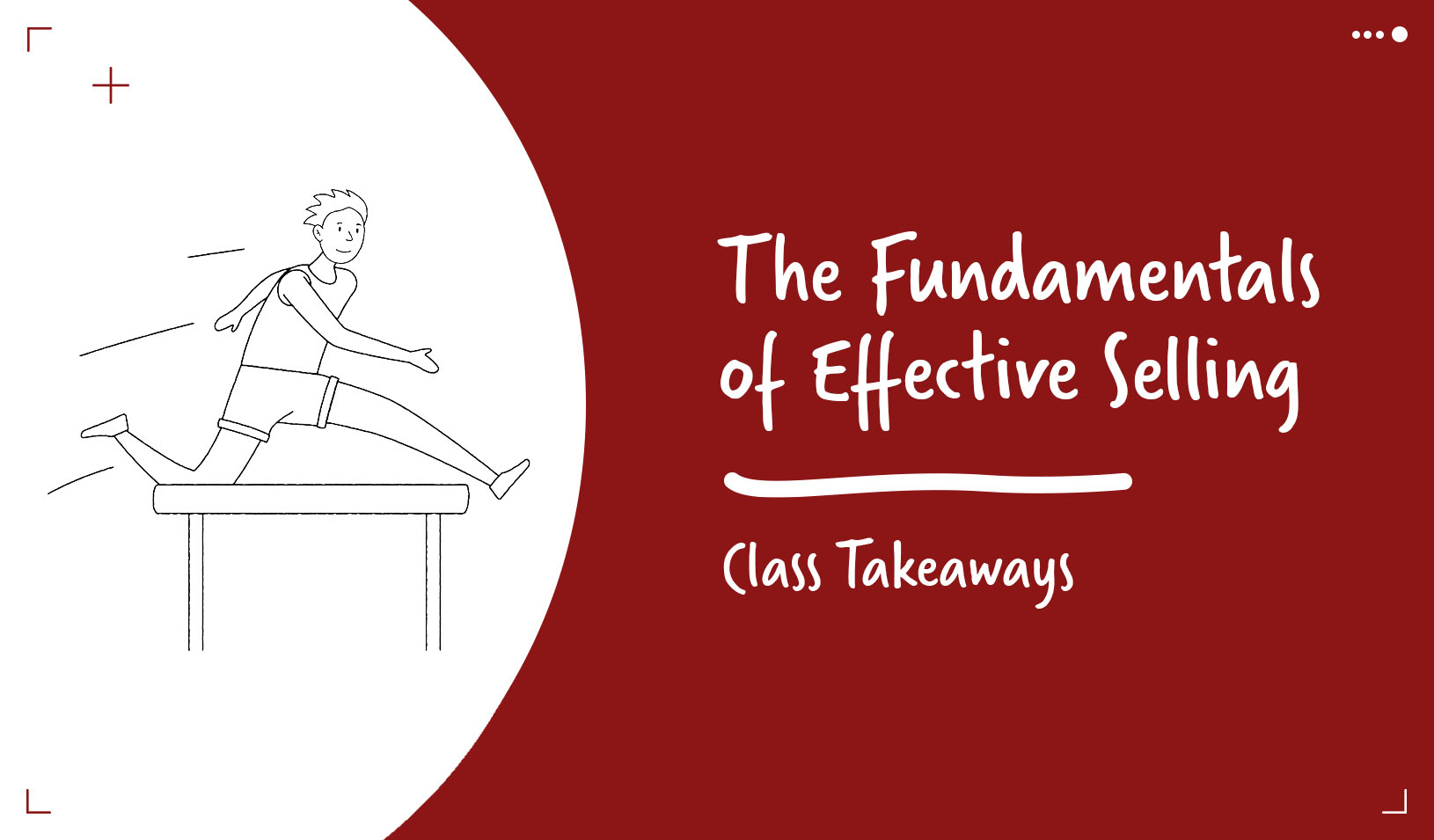
Targeted email marketing serves a more general function of advertising, prompting people to visit a website and buy a variety of products over time. | Reuters/Brendan McDermid
Anyone who shops online knows what it is like to be pestered with email messages offering discounts and deals urging the recipient to “buy now!”
The good news for advertisers is that those promotions actually work, according to new research by Navdeep Sahni, a marketing professor at Stanford Graduate School of Business. Such targeted discounts increase revenue and profit for the companies that send them out. But they are effective in a different way than you might expect. While consumers may not jump on the specific offer emailed to them, they do buy more products — in this case, tickets — soon after the offer comes through.
Sahni found that targeted email offers increased consumer spending on a large ticketing platform during the time the discounts were active — but only 10% of that was through redemption of the offers. Much of the increased spending went toward tickets in categories unrelated to the promotion. Researchers also noted a 25% “carryover” bump in spending the week after the discount expired.
The upshot: Targeted email marketing serves a more general function of advertising, prompting people to visit a website and buy a variety of products over time.
Measuring offer redemption alone “doesn’t come close to telling you how successful an email campaign is,” says Sahni.
Sahni and his co-researchers, University of Chicago marketing professor Pradeep Chintagunta and University of Chicago doctoral candidate Dan Zou, analyzed data that included experimental discount offers. One, for example, promised free delivery to those who spent $200 or more. The offers generally began the day the email was sent and ended 15 or 30 days later.
Researchers analyzed data from customers who had previously shopped on the ticketing website and agreed to receive email marketing from the firm. The customers were then divided into groups, allowing only some of them to receive offers while the others received none. Researchers then compared the spending of the groups; the results were surprising.
Consumers who received the offers spent 37% more during the promotional period than those who received none. Yet 90% of that spending increase was unrelated to the offers; buyers didn’t redeem any promotional codes. And, although most of the offers excluded tickets for Major League Baseball, sales for MLB tickets increased during the offer window.
This dynamic can occur with other advertising as well, says Sahni. “Any communication from a firm could have a similar ‘spillover effect.’” The ticketing firm incurred estimated costs of only $1,178 to redeem discounts, while the total increase in buyer expenditure due to the offers was estimated to be $185,972, boosting the firm’s bottom line as well as its top line.
Sahni says that prior to this study, there had been little research about email marketing’s profitability and revenue generation. His next line of research will include an examination of how consumer spending behavior changes when the discounts are larger or presented more frequently. He also suggests that future research about the targeted promotions focus outside the ticketing industry. “Online ticket sales have only a few dominant players,” says Sahni, which means consumers who are reminded to buy tickets have few options for their purchases.
However, with more general retailers, targeted email offers might cause “spillover” to other websites. “If I’m on eBay, I may just go to Amazon (to buy a product promoted by eBay), and eBay might not see the benefits of the discount.”
Navdeep S. Sahni is an assistant professor of marketing at Stanford Graduate School of Business. “Effects of Targeted Promotions: Evidence from Field Experiments” is a working paper.
For media inquiries, visit the Newsroom.






